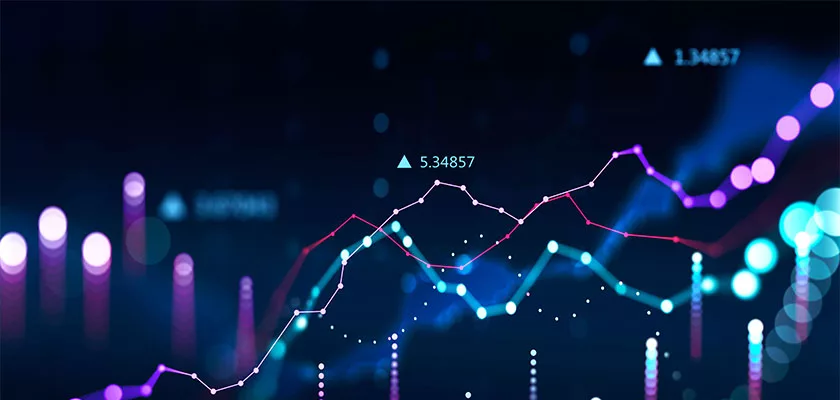AI, Omnichannel and Personalisation: The 3 Digital Marketing Trends for 2023
eCommerce has transformed at lightning speed this decade—and digital marketing isn’t far behind as it races to keep up. Marketers now have to be agile to an unprecedented degree. That means adapting their strategies according to their customers’ everchanging...

eCommerce has transformed at lightning speed this decade—and digital marketing isn’t far behind as it races to keep up. Marketers now have to be agile to an unprecedented degree. That means adapting their strategies according to their customers’ everchanging needs.
And as we look ahead into 2023, it also means we’ll see marketers continually shifting how they engage and communicate with their audiences. I believe we’ll see them do this according to what will be this year’s 3 foremost digital marketing trends.
1) Using AI to Pivot on a Fast-Evolving Ecommerce Landscape
AI is quickly becoming a must-have for marketers, a tool for scaling their efforts to reach larger and wider audiences with tailored content and impactful campaigns. And as we work our way through 2023, we’ll likely see marketers finding ever more sophisticated ways to harness AI, infusing their campaigns with unparallelled personalisation—and at incredible scale. This will surely prove key for engaging with and converting customers in a volatile digital landscape.
AI’s capacity to scale personalisation means marketers will facilitate entire audiences seeing exactly what they want to see, when and where they want to see it. That being said, while it may be AI that makes this possible, ultimately it will still be the human aspect of personalisation that gives brands the edge.
Combining a talented marketer’s intricate understanding of what makes their customers tick with the immense power of AI will make for increasingly seamless customer journeys, ever more enjoyable customer experiences. And as customers’ expectations become more stringent than ever, their preferences more exact and unwavering, AI will be the go-to for brands looking to adapt at pace to these changes—but it will be the strategically minded digital marketer who will know how to expertly implement that tool to build a loyal customer base.
2) Incorporating Seamless Omnichannel Experiences as Standard
If 2022 taught us one thing, it was that connected journeys are integral to strong marketing. The boundaries demarcating channels continue to blur, and brands are increasingly taking it as a given that their customers use multiple channels. That means they need to provide their customers with easy ways to receive an engaging email while also being able to browse on their phone and check out their cart on their desktop. These are the differences that often determine whether a customer returns or goes elsewhere.
Omnichannel experiences represent new opportunities for eCommerce platforms to expand their reach while engaging with new and varied audiences in 2023. Text alone is becoming a more punchy and reliable marketing tactic, with ROI and open rates now rivalling those of email.
Investing in an omnichannel strategy that communicates with customers in more creative and bespoke ways while taking advantage of the channels to which they’re already most receptive will prove immensely valuable this year.
3) Leveraging Personalisation to Focus on Retention Over Acquisition
In 2022, customer acquisition costs (CACs) became a particularly potent source of stress for marketers. In fact, most retailers named CACs as the primary threat to their annual sales goals. Moreover, even now paid media channels continue to grow more expensive, leaving marketers scrabbling around for alternative marketing channels.
Yet all this emphasis on customer acquisition has led to brands massively underestimating the power of retention—and retention marketing. Prioritising customers who already know their brand can be an incredibly effective way to drive results.
This year, I expect to see far more digital marketers leveraging reliable channels like text and email to reengage existing customers and drive repurchase rates. What’s more, I’ve already emphasised to many clients at my own marketing agency, Pixated, that retention marketing will be easier also if they embrace personalisation.
After all, established and returning customers have already given brands rafts of information about their preferences and favoured channels. The foundation of trust has been laid. Brands can therefore meet these customers where they are—and with impact. This will boost the odds of them returning to purchase again.

 Koichiko
Koichiko 













_1.jpg)


















